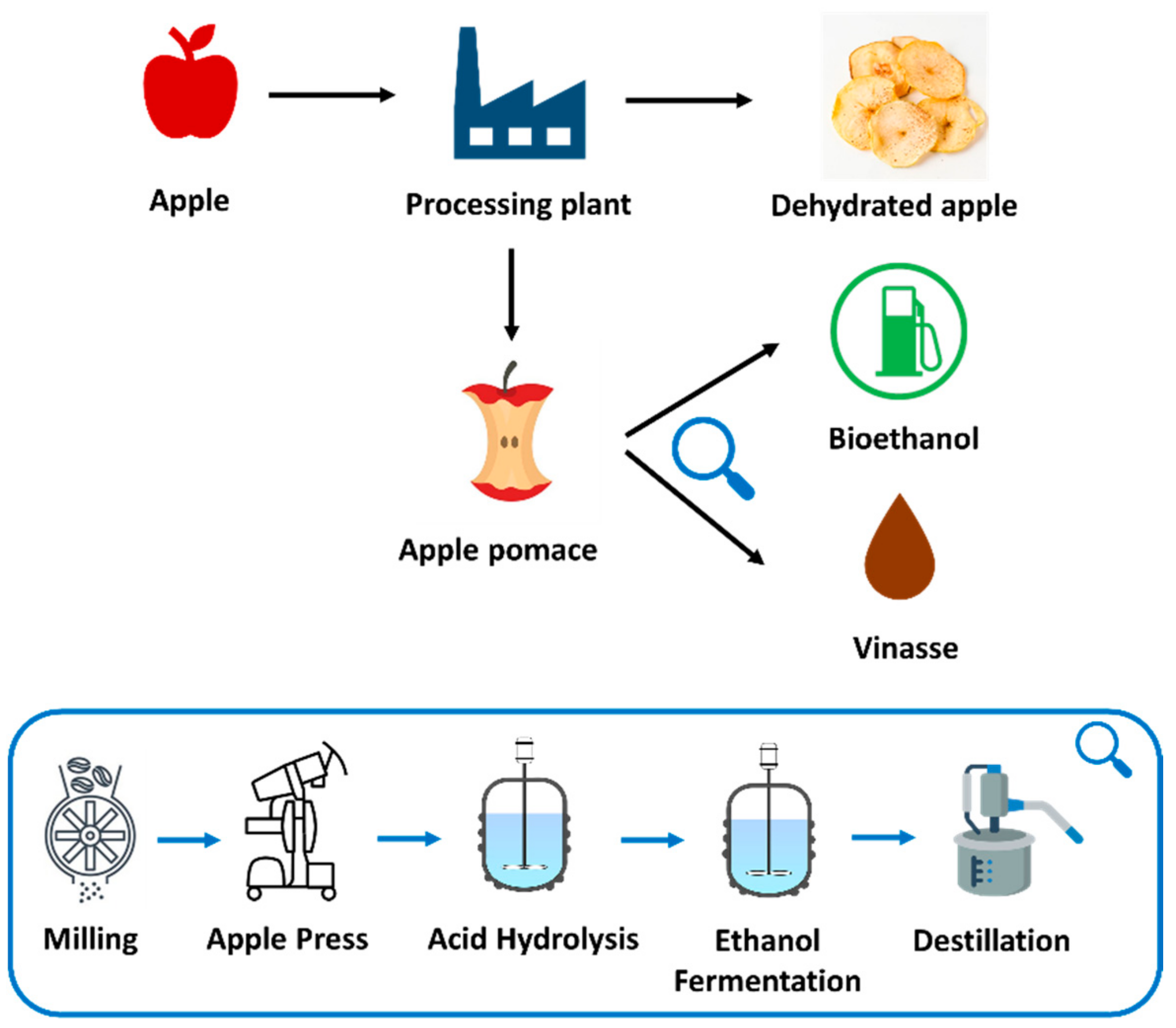Fermentation, Free Full-Text
4.6 (369) · € 31.50 · En Stock
Bioethanol production has increased in demand as a replacement for conventional fuels. This work studies the use of apple pomace, which corresponds to 45% (w/w) of dehydrated apple production, as a reliable and inexpensive source for bioethanol production. Additionally, the vinasse obtained from the process as a byproduct is analyzed. Apple pomace has important properties for energy purposes, with high soluble sugar (6%–8%), organic compounds and low protein content. The carbohydrates were consumed in 99.3% in 144 h at a temperature of 30 °C and in a yeast Saccharomyces cerevisiae (YSC) concentration of 0.10 g/L. The bioethanol purity produced, 99.5% (v/v), was quantified by gas chromatography and calorific value (23.21 MJ/kg). This high purity, which fulfills the EN 15376, ASTM D 4806 Standard, allows its use as a fuel and oil additive. Moreover, it can be stated that vinasse obtained from alcohol distillation is a compound that has physicochemical values like other vinasses. Finally, Chile, as the most important exporting country of dehydrated apples in the world, has great potential to take advantage of the use of this raw material for bioethanol and vinasse production.

PDF) Effective isopropanol-butanol (IB) fermentation with high
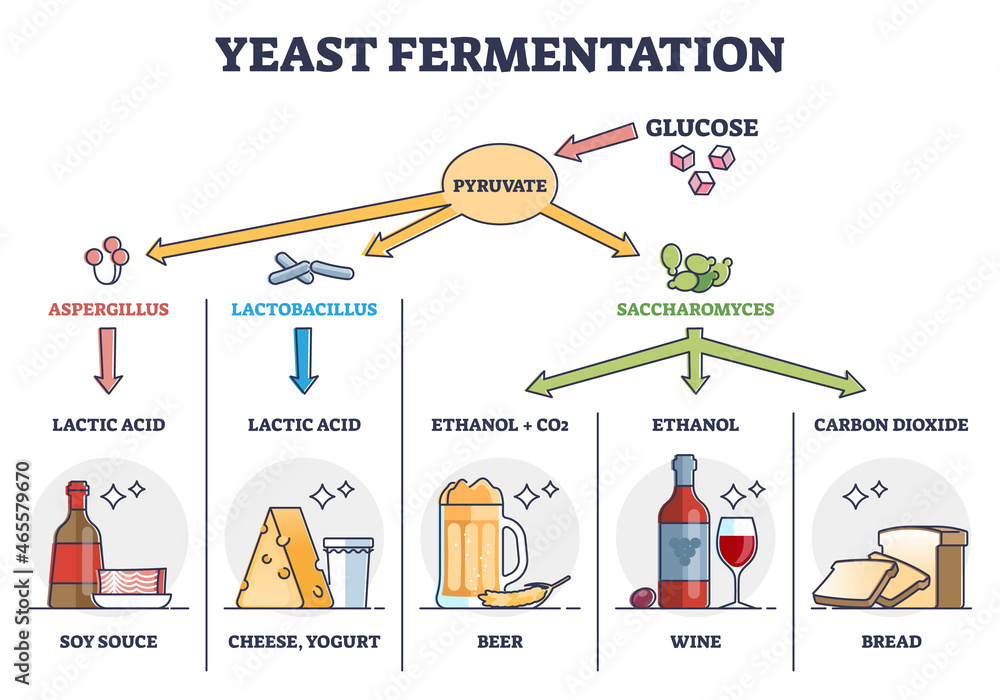
Yeast fermentation principle for drinks and food outline diagram

Ethanol fermentation - Wikipedia
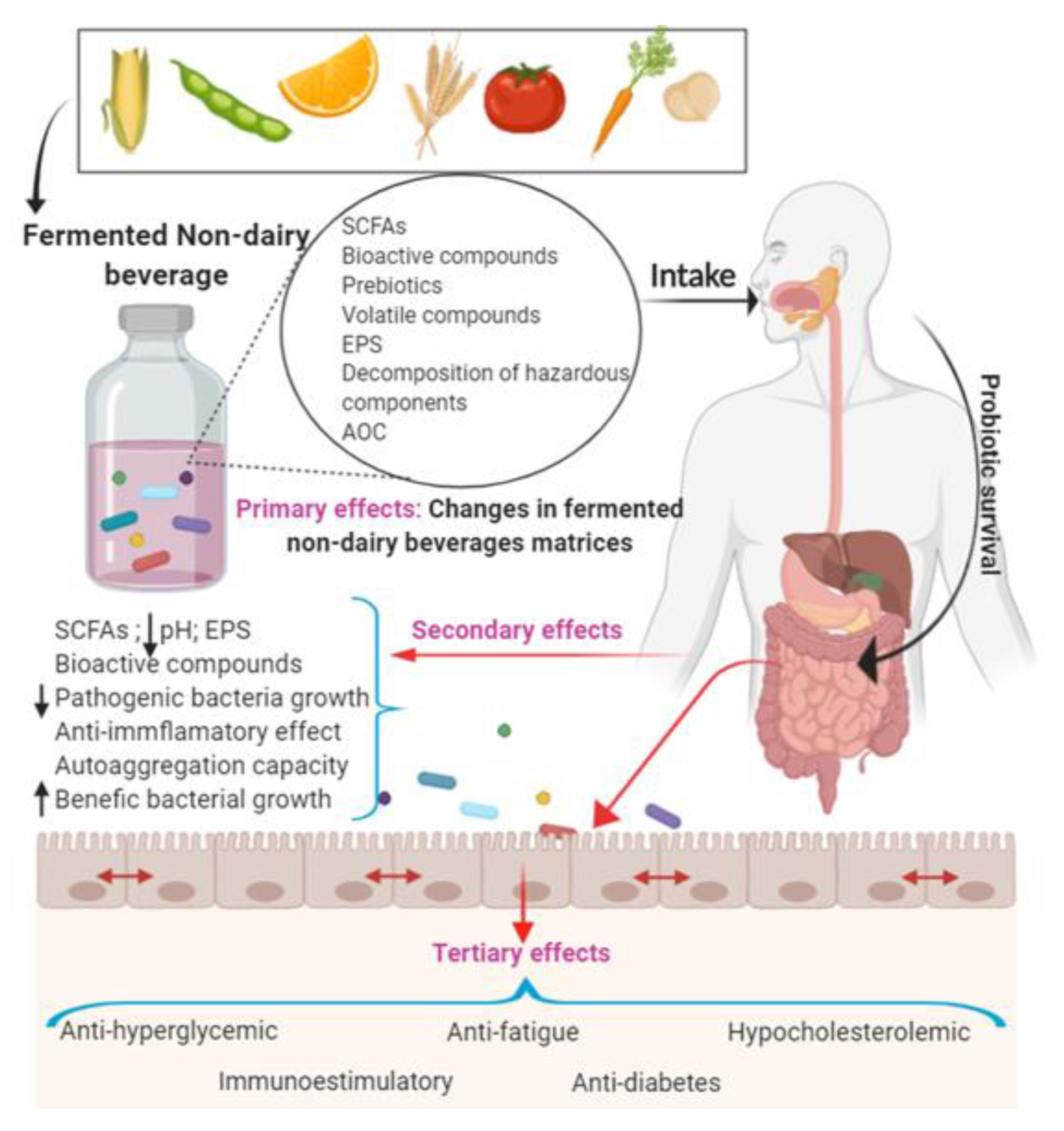
Nutrients, Free Full-Text

Effects of sprouting and fermentation on the formation of Maillard
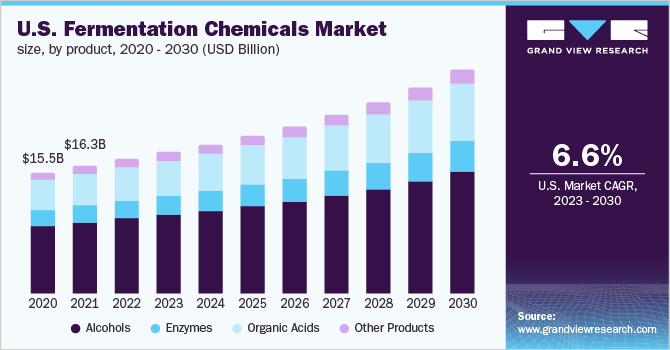
Global Fermentation Chemicals Market Size Report, 2030
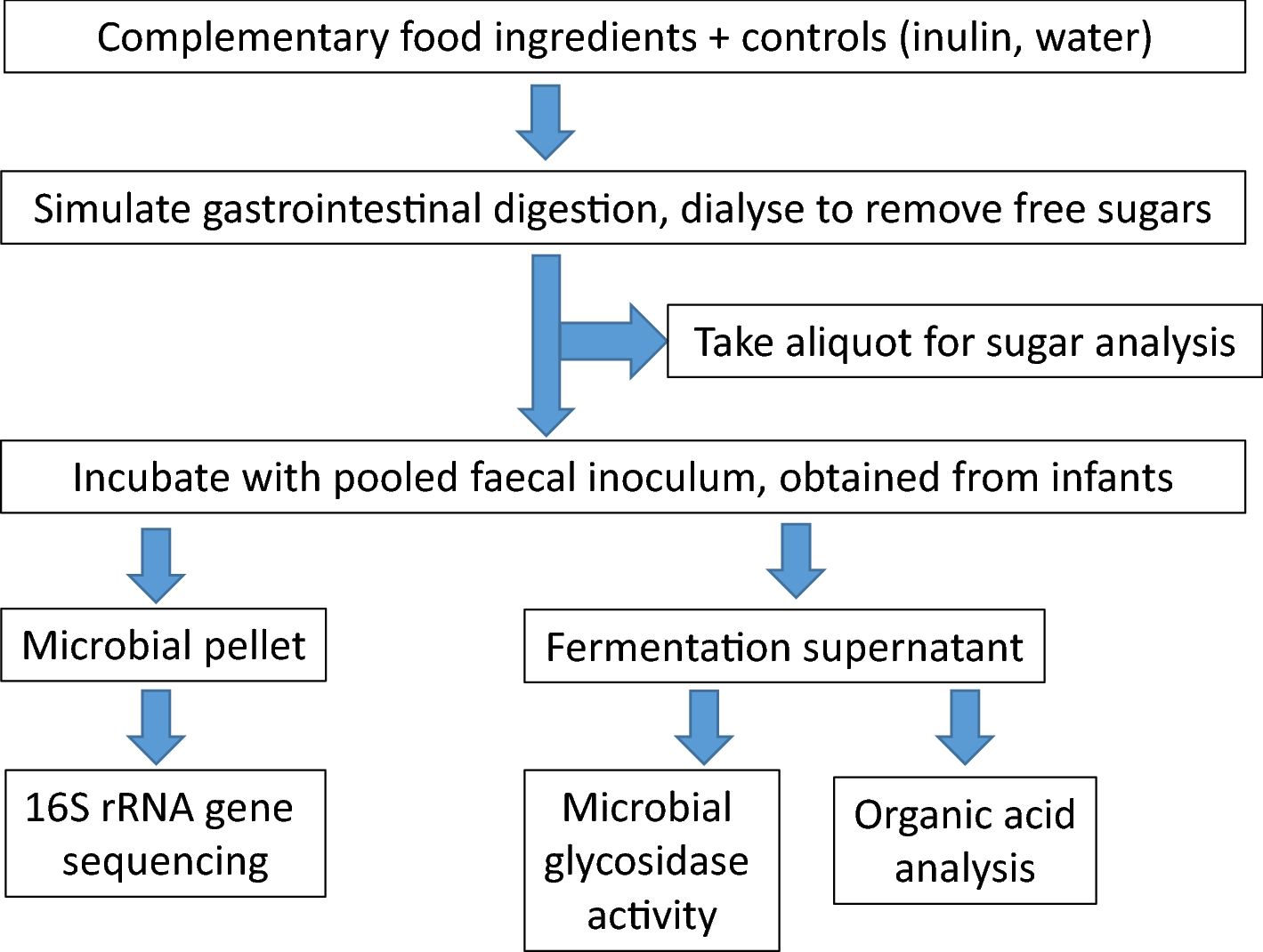
The sugar composition of the fibre in selected plant foods
The Art Of Fermentation : Free Download, Borrow, and Streaming
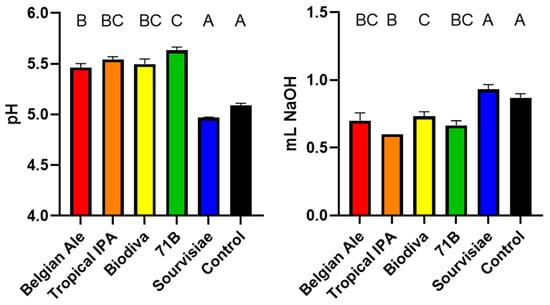
Star Chart Nano.Ripe Download - Colaboratory
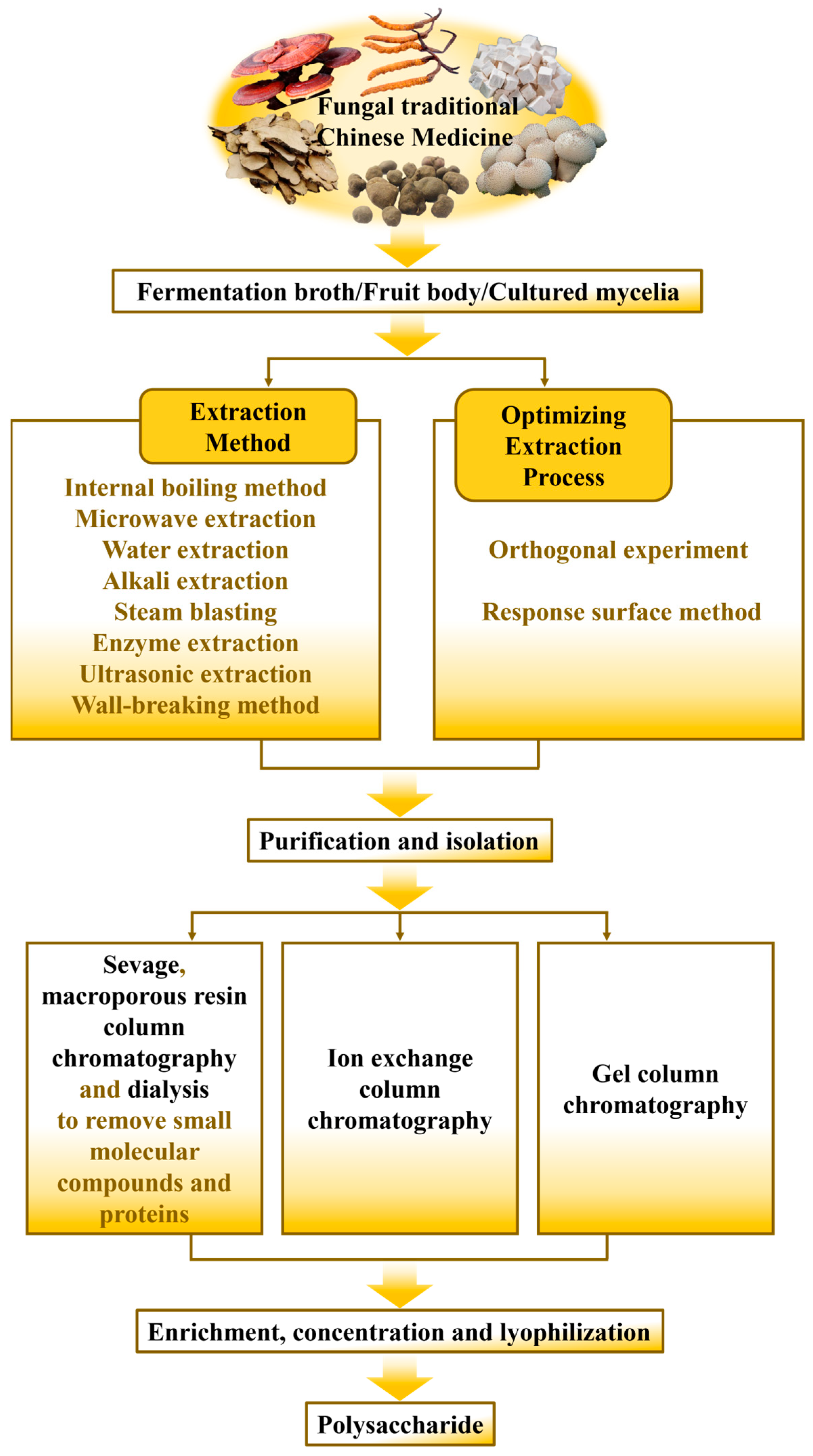
Molecules, Free Full-Text, chinese wall cpa 20
Fermentation of glucose, lactose, galactose, mannitol, and xylose
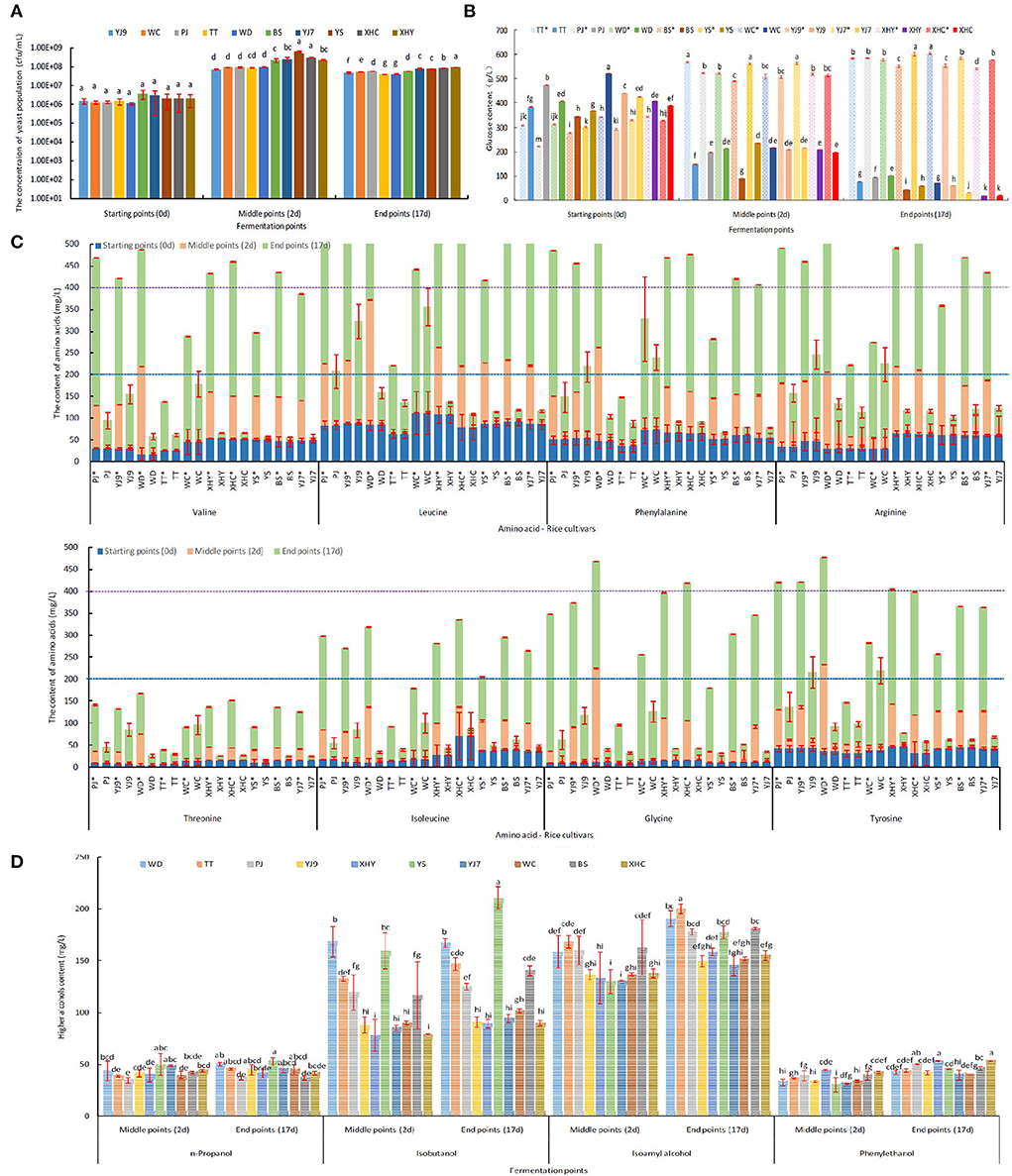
Frontiers The formation of higher alcohols in rice wine
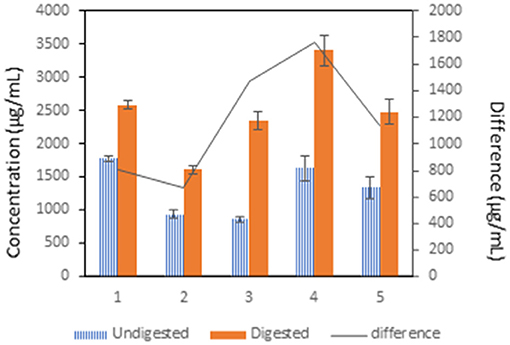
Frontiers Effect of Lactic Fermentation and Cooking on Nutrient
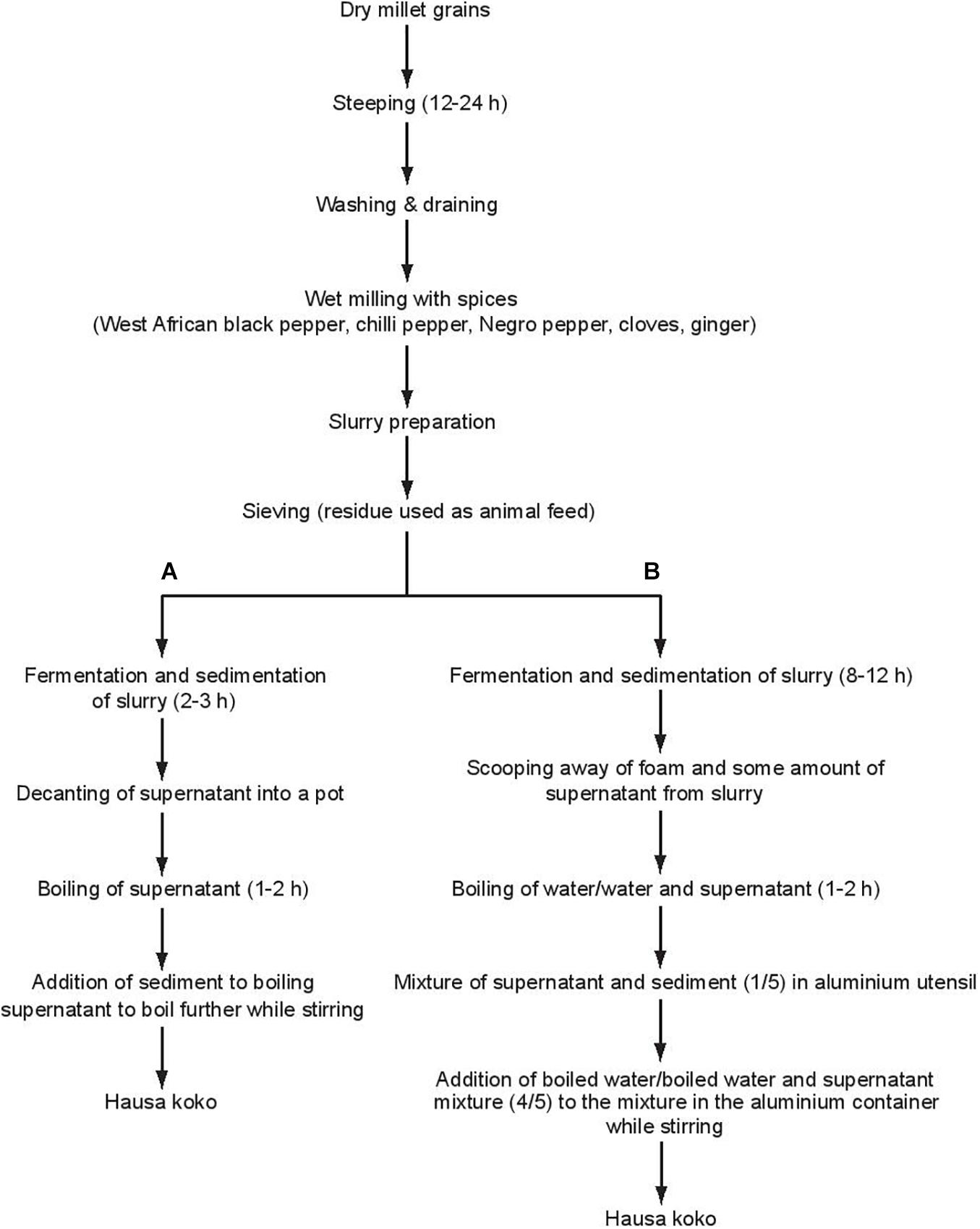
Frontiers Microbial Diversity and Metabolite Profile of

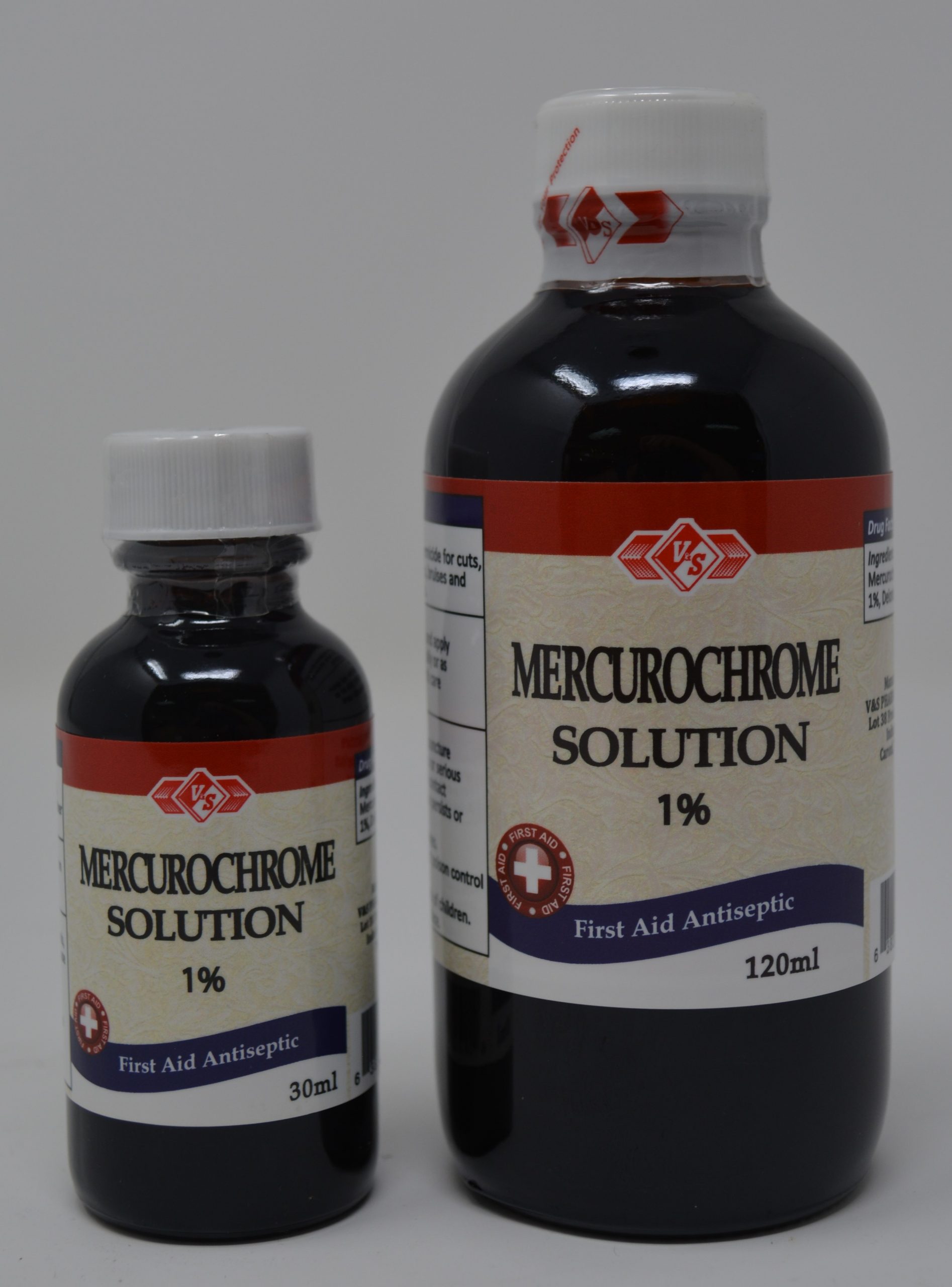








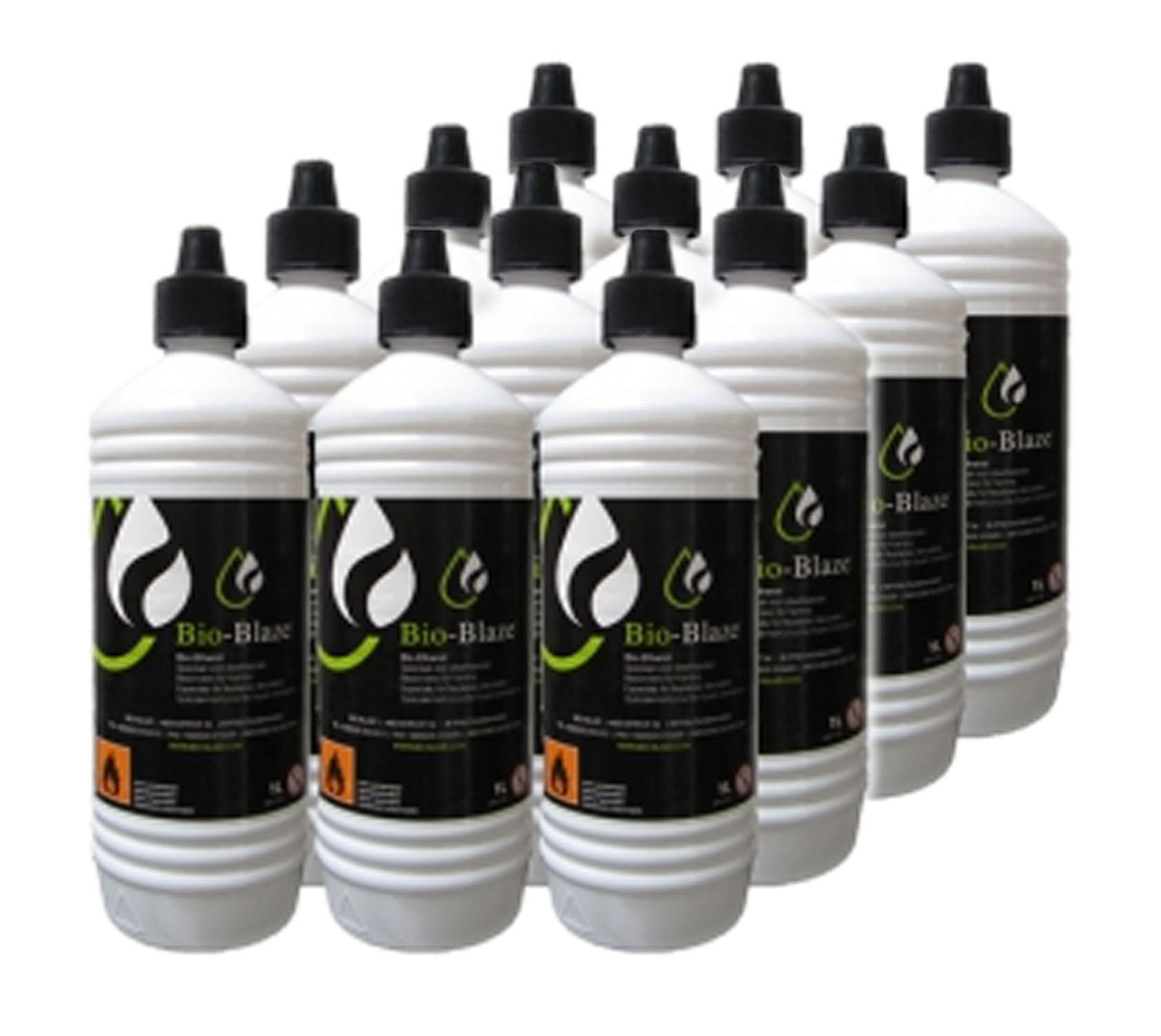
.webp)
